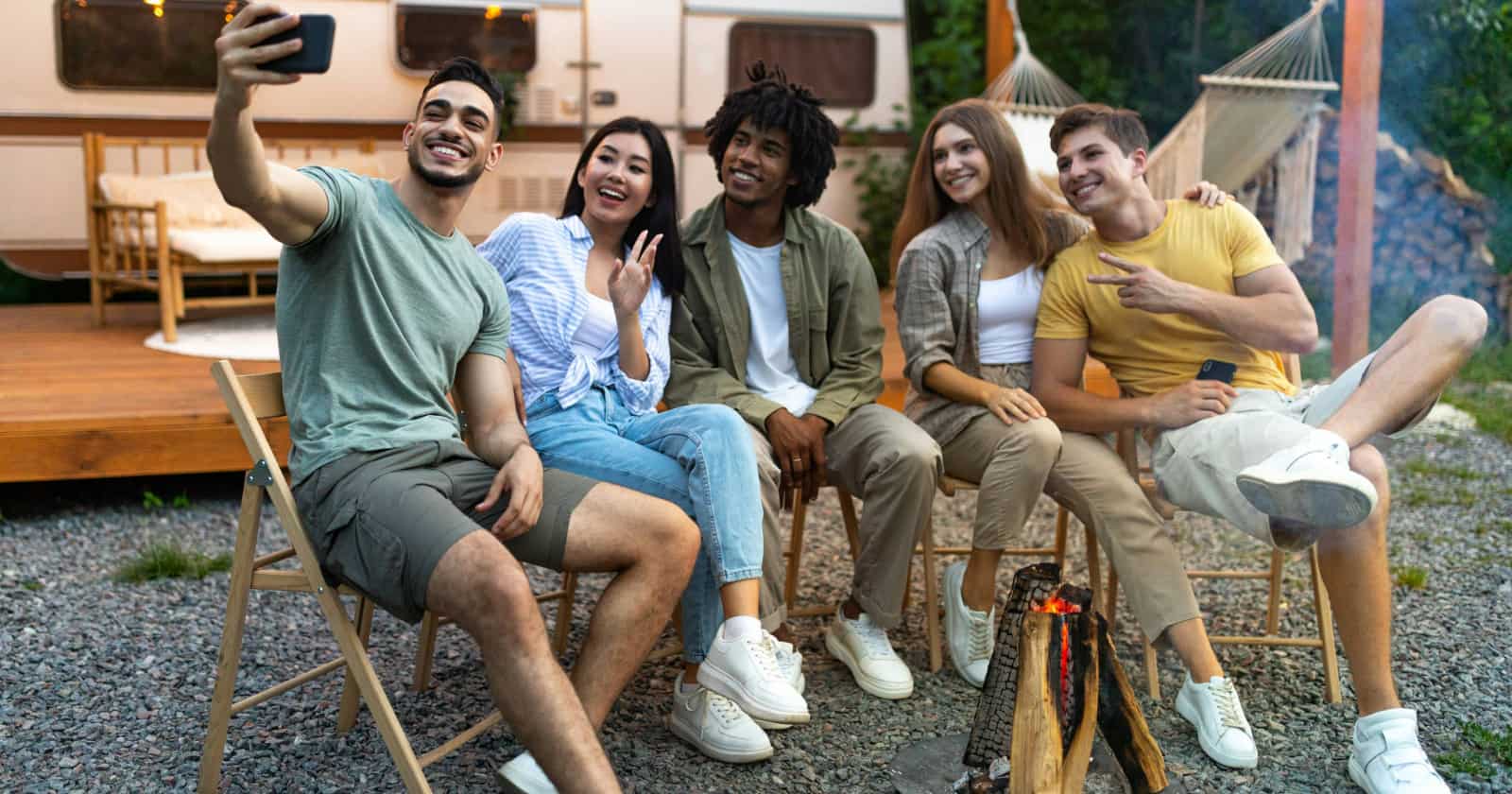If you can run your RV on solar power or batteries—or you’re just willing to rough it for a few days in the backwoods—there’s no reason not to spend your precious camping time in the middle of nature.
Even the best campgrounds are usually full of other people and, naturally, many charge a pretty penny for their services. But is it really necessary to pay for cable and WiFi when the entire reason you went camping was to disconnect and get into nature?
If these thoughts have ever crossed your mind it may be time to try boondocking.
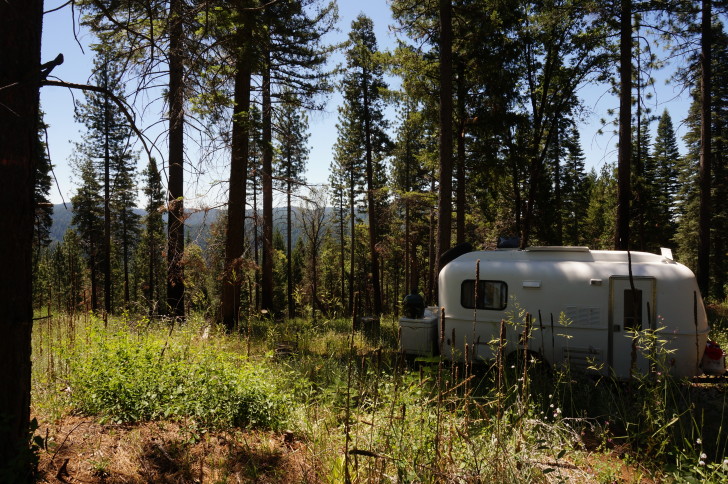
Boondocking, also known as dry or primitive camping, means parking your RV in a campsite without any hookups of any kind, whether electric, water, or sewer. While some campgrounds technically offer dry camping, the term “boondocking” generally refers to camping off the grid in a free location you have discovered away from an organized campground.
Following is a simple guide to finding a great boondocking location.
1. Pull up Google Maps on your phone or computer
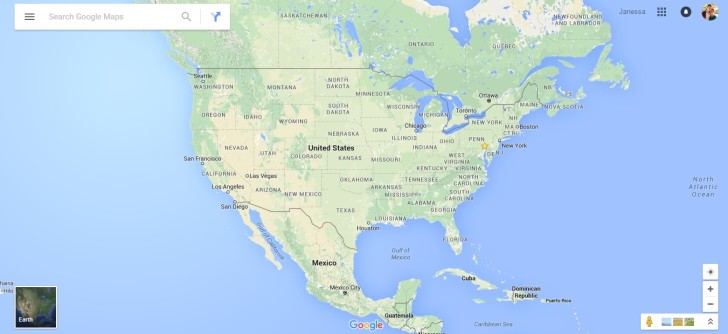
You should start with a general idea of where in the country you would like to go camping. Zoom in closer to that area on Google Maps, just so you can start to see details, but stay zoomed out far enough to easily observe large chunks of land.
2. Look for big plots of green land
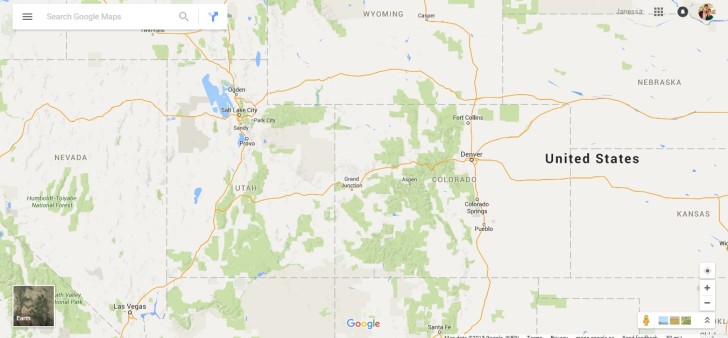
There are numerous different plots of green land throughout the majority of states. These are various government-allotted masses of land designated as forests, parks, game lands, game preserves, et cetera.
3. Understand what areas are open for free camping
These areas are usually OPEN to public camping:
- National Forests
- State Forests
These areas are all almost always open to the public for camping, whether in a tent or an RV. It’s a good idea to check each Forest’s website before you go, just to be sure. Sometimes you will need a permit for camping, and other times there are specifically designated areas where camping is or is not allowed. From my experience, I would say this is rare.
The average limit for camping in one National or State Forest is 14 days.
*When choosing your camping site in a National or State Forest be sure to watch out for PRIVATE PROPERTY signs, as many are massive expanses of land and they do often have towns and private homes spread amongst them! Areas that are not posted are understood to be for public use.
- BLM Land
BLM Land is public land run by the Bureau of Land Management. These areas are mostly in the west and may not show up on Google Maps, but it’s definitely worth checking out their website to get to know the areas where they are located. These public lands make for great boondocking locations!
Usually NOT open to public camping:
- State Parks
- National Parks
Parks such as these usually have specified campgrounds available for a fee, but are not always open to public camping. Some of these parks will be open to free public camping of some kind, but you cannot assume that boondocking with an RV is permissible. However, backpacking along designated trails is allowed in many State and National Parks. Once again, just check out the website for info!
- Game Lands
- Animal Preserve Lands
Generally speaking, lands pertaining to wildlife are reserved for either the hunting or viewing of wildlife and do not allow camping unless explicitly stated on their website.
4. Look for off-shooting roads throughout the forest
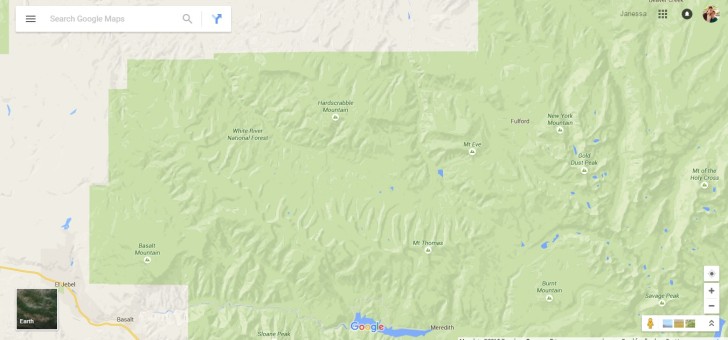
Once you have picked the public land of your choice, zoom into a main road that travels through that green plot of land.
Typically you can find many side roads or logging roads that turn off of a few main roads. Some of these extend for quite a ways, some are extremely short.
Having some basic knowledge of where side roads are located should give you a good idea of where you will be able to begin your search for a campsite.
5. Turn on Earth (terrain) mode to get an idea of how accessible the area is for your rig
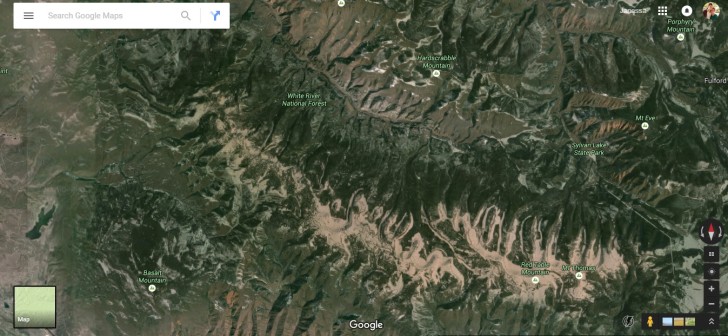
Before you choose a location, it is important to determine what your rig is capable of handling. If your RV is on the larger side, you will probably need to stick to more accessible roads and flatter plains for your own safety and the safety of your vehicle.
If your RV is a lighter motorhome, van, travel trailer, or some other tricked out adventure mobile, then you can probably attempt some more adventurous locations. As long as your tow vehicle is capable, there are lots of steeper, bumpier “roads less traveled” that are open to you.
The important thing, no matter the size of your RV, is to remember: push your limits, but never threaten your safety.
6. Head out and see what you can find!
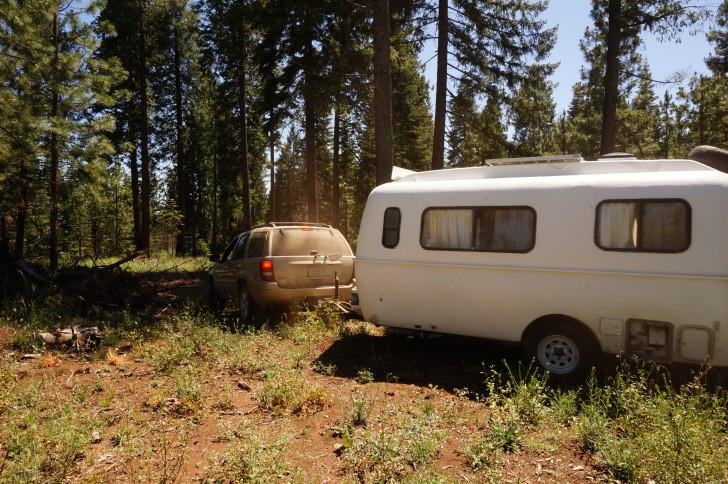
Once you have done your research, you will have a pretty good idea of where to start searching for camping spots on your chosen area of public land.
This entire process can take you between five and ten minutes once you get the hang of what you are looking for and develop an eye to see it.
Even then, it’s very important to remember that Google Maps is a limited guide. Roads you expected to take might be closed off, or roads you didn’t know existed might be in your path.
The point is:
- take your time
- get a lay of the land
- be flexible
- and, of course, appreciate the beautiful places you will eventually discover!
7. Check with the locals!
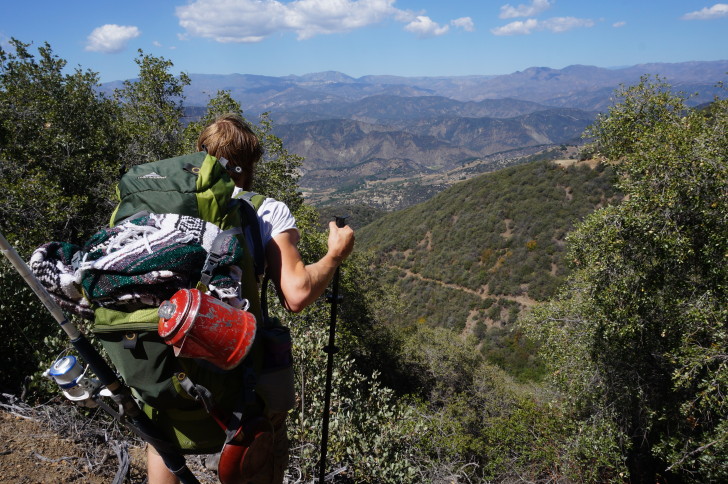
When you pull into a new town near public land of some kind and you don’t feel like researching or driving until you find a good spot, just ask the locals where they like to go camping.
They will almost always have great tips for spots that are free and accessible, not to mention knowing all the best hikes and scenery that is worth checking out. It will save you lots of time and probably leave you with the best results, too!
When in doubt, always ask a local.



